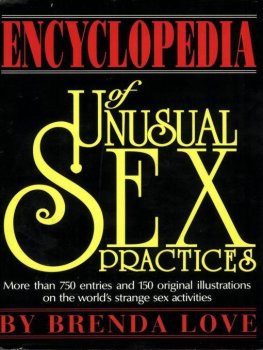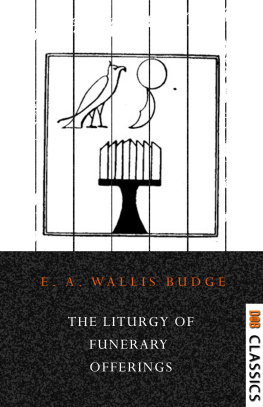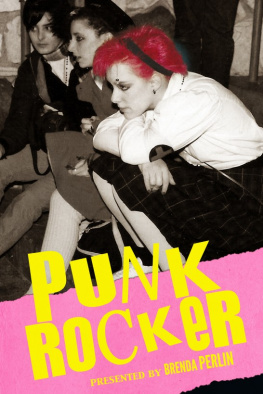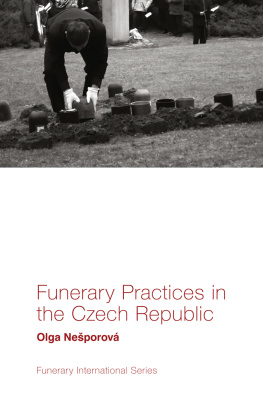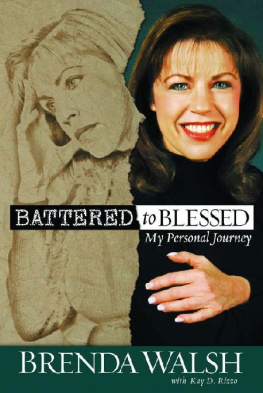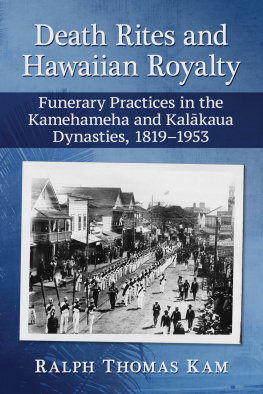FUNERARY PRACTICES IN THE NETHERLANDS
Funerary International Series
Series Editor: Julie Rugg, University of York, UK
The study of mortality is now an established academic endeavour which is rapidly expanding in scale and in disciplinary reach. One missing element is a repository of basic facts about funerary practice in each country and the broader legal, governance and denominational frameworks for those practices which might serve to set more detailed research in context.
This book series remedies this absence by producing country-specific monographs, with texts providing a standard framework of questions, which ensures even coverage, aids international comparison, fosters international linkages across the academic community and inspires new research directions. These texts will be a valuable resource for researchers across the humanities and social sciences concerned with death and funerary customs.
Previous titles in this series
Julie Rugg and Brian Parsons, Funerary Practices in England and Wales
Forthcoming in this series
Olga Neporov, Funerary Practices in the Czech Republic
Christoph Streb, Funerary Practices in Germany
Aleksandra Pavievi, Funerary Practices in Serbia
Maija Butters and Ilona Pajari, Funerary Practices in Finland
FUNERARY PRACTICES IN THE NETHERLANDS
BY
BRENDA MATHIJSSEN
University of Groningen, The Netherlands
CLAUDIA VENHORST
Radboud University Nijmegen, The Netherlands
Emerald Publishing Limited
Howard House, Wagon Lane, Bingley BD16 1WA, UK
First edition 2019
Copyright 2019 Brenda Mathijssen and Claudia Venhorst. Published under exclusive licence.
Reprints and permissions service
Contact:
No part of this book may be reproduced, stored in a retrieval system, transmitted in any form or by any means electronic, mechanical, photocopying, recording or otherwise without either the prior written permission of the publisher or a licence permitting restricted copying issued in the UK by The Copyright Licensing Agency and in the USA by The Copyright Clearance Center. Any opinions expressed in the chapters are those of the authors. Whilst Emerald makes every effort to ensure the quality and accuracy of its content, Emerald makes no representation implied or otherwise, as to the chapters suitability and application and disclaims any warranties, express or implied, to their use.
British Library Cataloguing in Publication Data
A catalogue record for this book is available from the British Library
ISBN: 978-1-78769-876-5 (Print)
ISBN: 978-1-78769-873-4 (Online)
ISBN: 978-1-78769-875-8 (Epub)
CONTENTS
LIST OF IMAGES
Chapter 2 |
Chapter 4 |
Chapter 6 |
Chapter 7 |
Chapter 8 |
Chapter 9 |
LIST OF TABLES AND CHARTS
Chapter 1 |
Chapter 4 |
Chapter 5 |
Chapter 6 |
Chapter 8 |
PREFACE
Death is inevitable to each of us and to those we hold dear. It is a matter of existential concern. Peoples experiences with death are highly diverse, and so are their funerary practices. They are influenced by regional customs, legal frameworks and personal preferences. Moreover, our responses to loss are shaped by our age, ethnicity, class, gender and religion, as well as by the type and time of a death, and our relationship to the deceased.
Peoples varied experiences with death challenge researchers who want to study funerary repertoires. How does one describe a miscellaneous field of practices, beliefs and experiences? How can one grasp its changes over time? Many researchers, including us, solve this difficulty by bypassing it. We situate our specific (Dutch) context in a larger, seemingly homogeneous one: Europe or the West. Rather than unpicking the notion of Western death practices and its political implications, we have created a myth of Western funerary culture.
In the writing and structuring of this book, the notion of Western death ways proved problematic. It has, for instance, been impossible to translate some funerary practices and legislations to a (partially) non-Dutch and English-speaking audience, without compromising on the cultural aspects and meanings. At many occasions we discussed whether we should refer to the Dutch Burial and Cremation Act or the Corpse Disposal Act, and whether we should speak of autopsies and sections while the Dutch word lijkschouwing clearly indicates that the coroner primarily observes the corpse, rather than dissecting it.
The Funerary International Series provides accessible information on funerary practices in different (European) countries, and thereby aims to modestly unpick the notion of Western funerary culture. This book does so for the Netherlands. It provides a concise introduction to contemporary funerary practices, and their historic, geographic, demographic, (multi)cultural and political context.
Although we have made a selection of funerary practices, as well as some simplifications to provide a clear and manageable overview, we want to emphasise the dynamics of funerary practices and the diversity of society. The Dutch funerary landscapes have been shaped by a Protestant majority in the North and a Roman Catholic majority in the South, by the segregation of society in pillars, by the arrival of migrants from the former colonies of Surinam and Indonesia, and from the Caribbean territories, as well as by the arrival of guest workers and refugees from the peripheries of Europe and elsewhere, by individualisation and secularisation, by emancipation movements, and by technical innovation. Thus although the Dutch funerary culture does not exist, we look forward to offering you some insight into it.
Brenda Mathijssen and Claudia Venhorst
ACKNOWLEDGEMENTS
This book has been written with the support of many. We are especially grateful to all of our research participants. Many of you have shared your personal stories of loss, of conducting funerals and of experiencing bereavement. You have taught us about funerary practices and frameworks, and more importantly, about the associated emotions, creativity and resilience. Some of you have invited us to conduct fieldwork at funeral homes, cemeteries and crematoria, and have shown what it means to work in this field. Thank you for your openness. We hope that this book resonates with your own professional experiences, and provides a useful source in your future practice.
We are also deeply indebted to our current and former colleagues at the Department of Comparative Religion and the Centre for Thanatology at Radboud University Nijmegen; the Department of Comparative Study of Religion at the University of Groningen; the Centre for Death and Life Studies at Durham University; and the Department of Human Geography at the University of Reading. We especially like to thank Eric Venbrux, Peter Nissen and Thomas Quartier for supporting us from the very start and for introducing us to the fields of Death Studies and Religious Studies. Julie, a special thanks to you for sticking to the plan of making a Funerary International Series, and for entrusting the Dutch volume to us.




